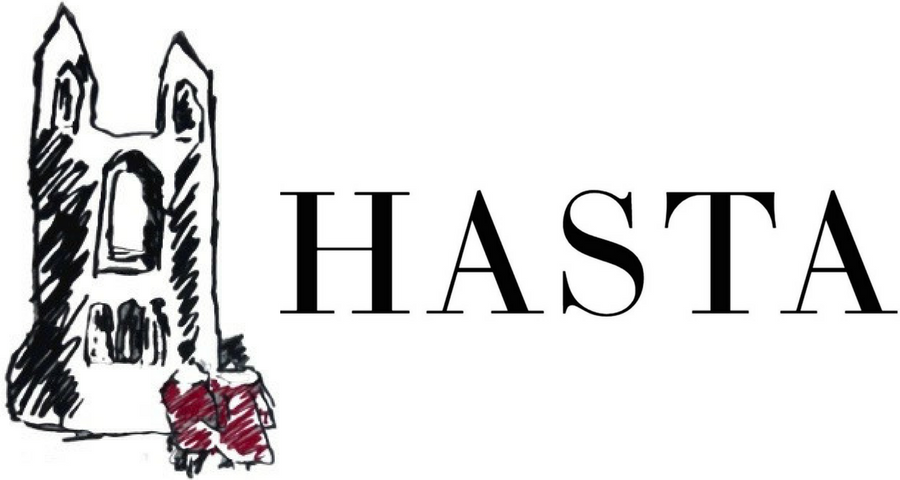Lila Oliver Asher (1921-2021)
By Daphne Richard
Lila Oliver Asher, Joie de Vivre, ca. 1950-70, linoleum print, 58.42 cm x 40.64 cm.
Image courtesy of Lila Oliver Asher.
Philadelphia-born artist and printmaker Lila Oliver Asher’s career took her from the bellows of her ceramics classroom to the bedsides of amputated soldiers. Born 15 November 1921, Asher’s early years began by studying under Frank B. A. Linton at the Fleisher Arts Memorial and later attended the Philadelphia University of the Arts. The artist’s practice was solely rooted in her education until 1943 when she joined the United Service Organisation as a sketch artist for amputated soldiers. As a volunteer, she sketched roughly 3,600 portraits, some of which were sent to the soldiers’ families, while some were used for surgical reconstructions.
In 1947, Asher became an instructor at Howard University’s art department. She remarked that working at Howard inspired some of the most prolific shifts in her art practice. As a ceramics instructor, it was unconventional to work outside of the medium, though she felt inspired by students’ printworks after walking through the printmaking studio every day to reach her classroom. In her youth, Asher worked with printmaking and desired to reconnect with the medium.
She was drawn to linoleum blocks since she could control the flow of line as opposed to working against the grain of woodblocks. The essence of flowing forms remains prominent in her works, as seen in Joie de Vivre (ca. 1950-90), which captures the meaning of the titular phase as the young, blue figure jumps rope in front of a bright sun. The forms are simple in their flatness, yet they capture a blissful moment as the figure is enveloped by the sun, nearly making a halo. There is a sense of peaceful joy with the striking yellow in contrast with the deep blue.
Lila Oliver Asher, Father and Child, ca. 1950-70, linoleum print, 58.42 cm x 21.59 cm.
Image courtesy of Lila Oliver Asher.
Asher also found solace with motherhood and familial relationships and subsequently made them a recurring motif. Her prints Father and Child (ca. 1950-90) and Airport Mother and Child (ca. 1950-90) emphasise a moment of touch. In Father and Child, the young boy is held against his father’s chest. Asher finds a simple domesticity between the pair and leaves it at that. There is a quiet intimacy between the two in the way the small boy’s frame juxtaposes the father’s body. The boy is hunched and tired while the father remains erect; they balance each other. Meanwhile, Airport Mother and Child centralises a more minute touch. The mother reaches to grasp an enthralled child. Asher replicates the simple act of dragging her child whilst adding gentleness through the act of touch.
Lila Oliver Asher’s prints are simple, yet they capture the tenderness of life and the beliefs she held dear through simple lines and human connection. In a 2014 interview with Columbia University, she stated, ‘I’m not an impressionist. I’m not any of the other isms. I’m just a humanist.’
Bibliography
Asher, Lila Oliver. “Lila Oliver Asher - ART CART Oral History.” Interview by Rashita Connelly and Kikelomo Idowu. Columbia Academic Commons, 2014. https://doi.org/10.7916/d80k26j9.
Lila Oliver Asher. “Prints.” https://www.lilaoliverasher.com/prints.
Rick on Theatre. “Lila Oliver Asher.” https://rickontheater.blogspot.com/2014/09/lila-oliver-asher.html.
Smithsonian American Art Museum. “Lila Oliver Asher.” https://americanart.si.edu/artist/lila-oliver-asher-155.


